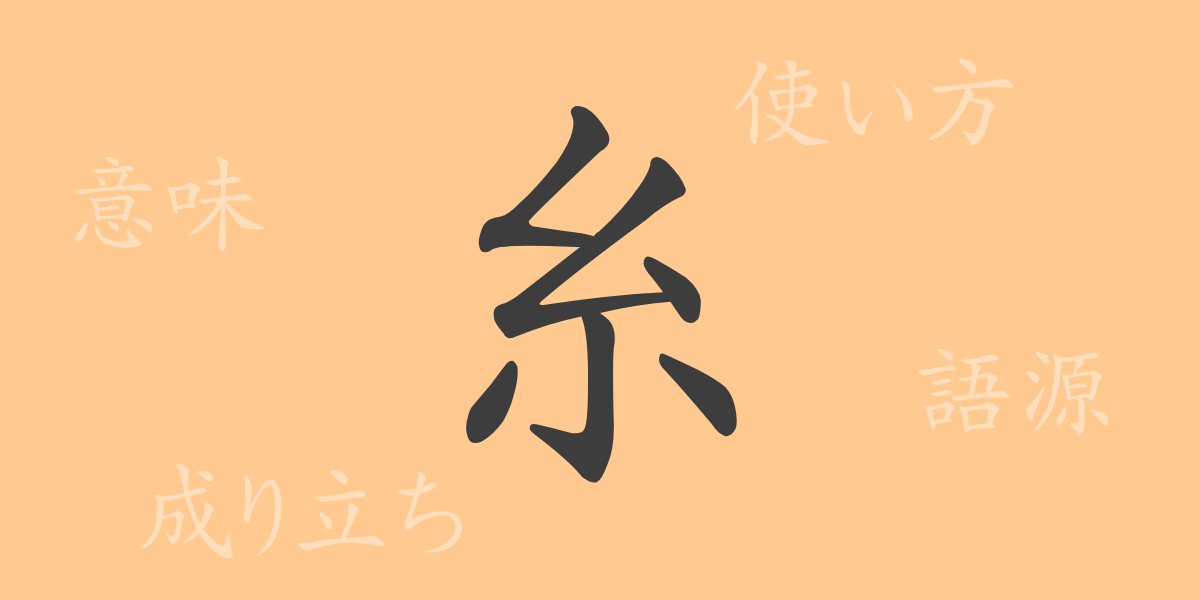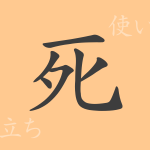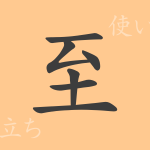The 常用漢字(jouyou kanji) deeply rooted in Japanese culture and history are indispensable in our daily lives. Among these, “糸(いと)” has been intimately connected with people’s lives since ancient times, used in a variety of contexts and meanings. This article delves into the allure of the kanji “糸(いと),” detailing its origins and usage, including idioms and phrases.
Origins of 糸(いと)
The kanji “糸(いと)” developed from pictographs representing long, thin vertical lines. Originally used in ancient China to signify silk threads, its shape mimics the act of spinning thread. Over time, with the development of various cultures and technologies related to threads, the character “糸(いと)” has come to embody a range of meanings.
Meaning and Usage of 糸(いと)
Literally, “糸(いと)” refers to thin fibers like silk or cotton threads. However, it also carries metaphorical meanings and is used in expressions such as “一筋縄ではいかない” (not straightforward). Additionally, it often enhances the meaning of related kanji, implying “thin” or “delicate.”
Readings, Stroke Count, and Radical of 糸(いと)
The kanji “糸(いと)” has various readings in Japanese:
- Readings: The on’yomi (音読み) reading is “シ,” and the kun’yomi (訓読み) reading is “いと.”
- Stroke count: “糸(いと)” consists of 6 strokes.
- Radical: The radical is 糸部(いとへん).
Idioms, Phrases, and Proverbs Using 糸(いと) and Their Meanings
There are numerous idioms, phrases, and proverbs in Japanese that contain the kanji “糸(いと).” Here are a few examples:
- 糸を引く (いとをひく): To manipulate something behind the scenes.
- 糸口を探る (いとぐちをさぐる): To find a clue or lead for solving a problem.
- 情糸 (じょうし): The bond or connection between people’s hearts.
Conclusion on 糸(いと)
The kanji “糸(いと)” carries numerous meanings and uses, far beyond its simple form. Frequently used in daily life, this kanji plays an essential role in the Japanese language. Through this exploration, we hope you have gained a deeper appreciation for the depth and versatility of “糸(いと).”

























